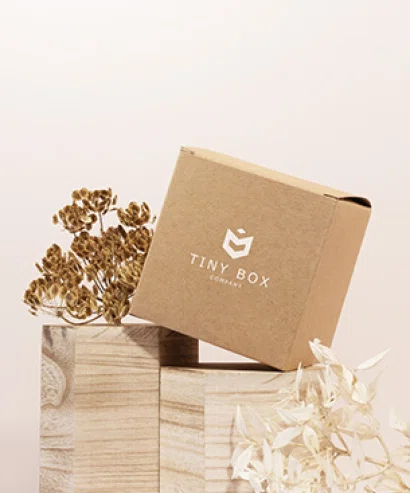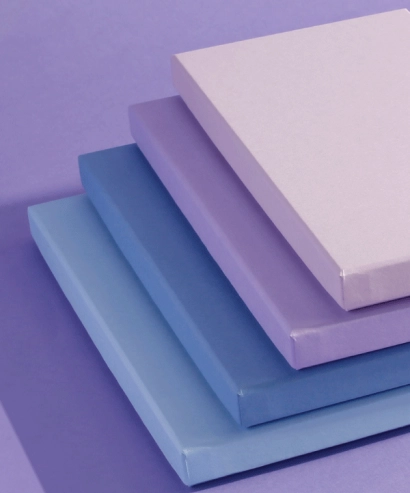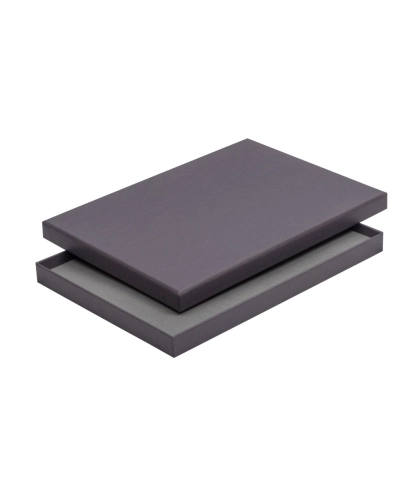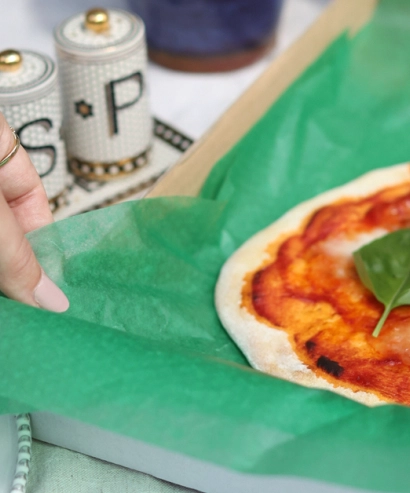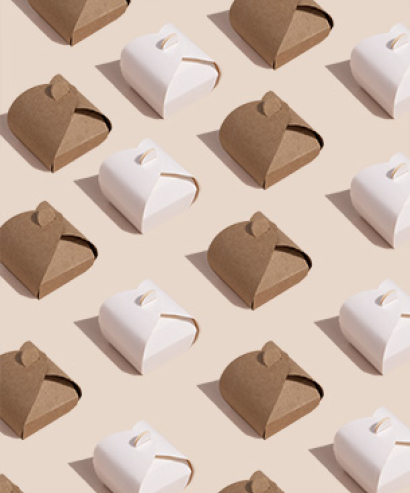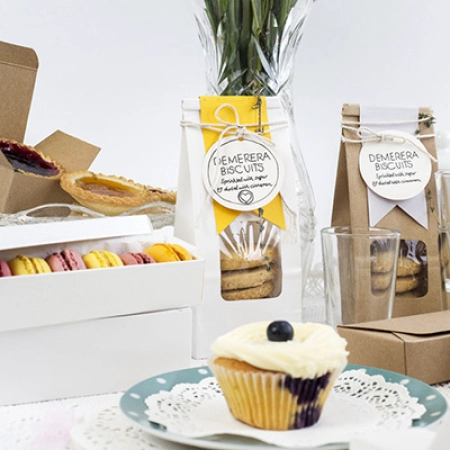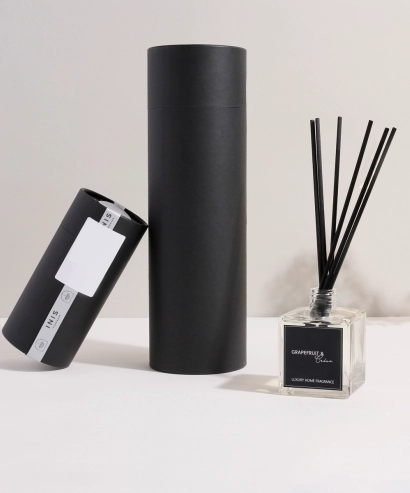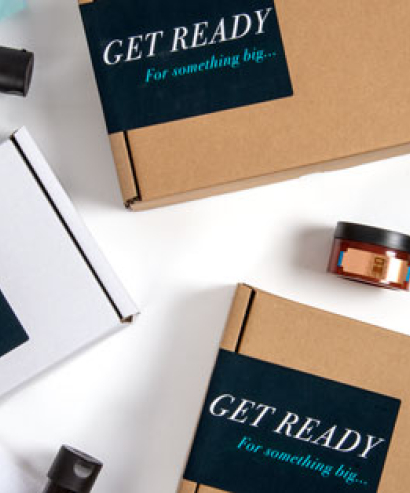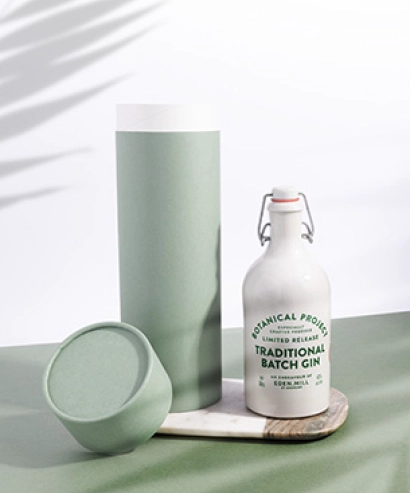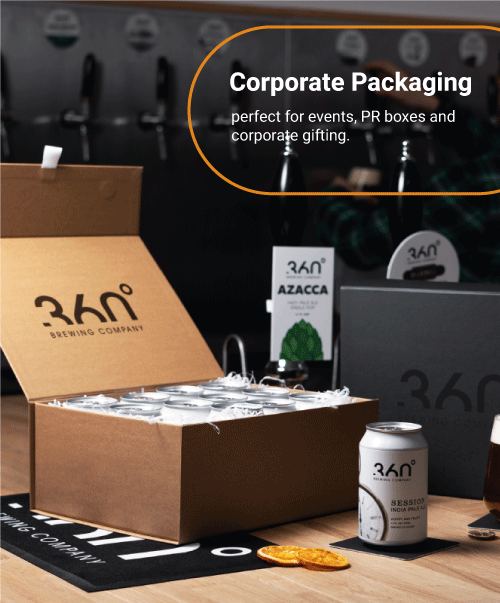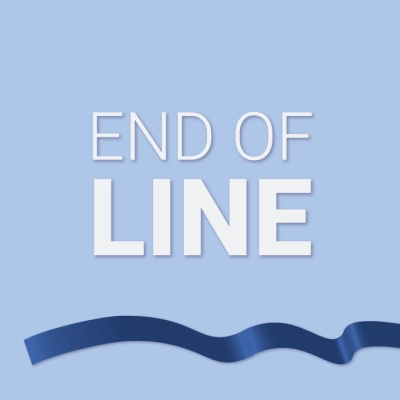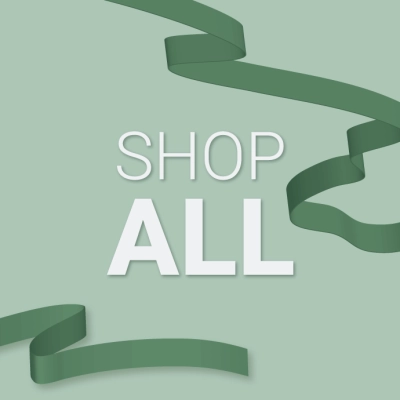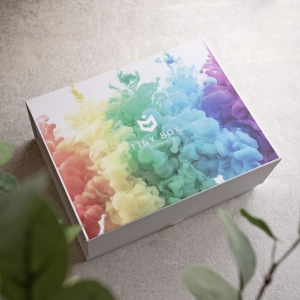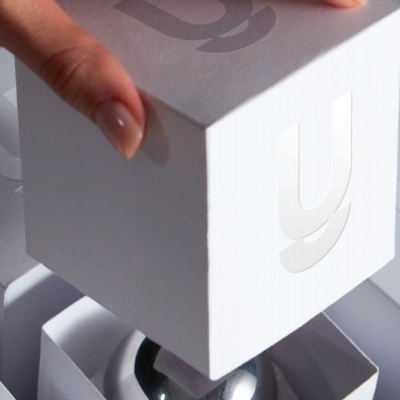
As the global economy navigates through various challenges, one issue affecting brands across multiple industries is rising costs, such as the price of corrugated materials.
Corrugated is a type of material that is made up of three layers - two sheets on the outside and one in the middle which has a rippled shape. It’s popular for its durability and versatility, but can be expensive particularly as prices are projected to rise in 2024. As a result, you might face increased costs on your packaging over the next few months. But by adopting cost-saving packaging solutions, you can mitigate these effects and still maintain your budget.
The impact of corrugated prices
Corrugated price rises means an increase in production costs for packaging materials, which can lead to higher overall expenses, potentially impacting profit margins unless these costs are passed on to consumers.
If you’re operating on a tight budget you may need to reassess your spending priorities if prices increase significantly. This could also result in adjustments to marketing budgets or product pricing strategies to accommodate higher packaging costs.
Fluctuations in corrugated prices could also disrupt the supply chain, leading to delays in obtaining packaging materials, so it may be worth seeking alternative suppliers or adjusting production schedules to mitigate these disruptions.
What substitutions can you make to save money?
Switch to lightweight materials
One of the most effective ways to save on packaging costs is to reduce material weight. Lightweight materials, like paper or cardboard, require less raw material and can lead to lower shipping costs due to their decreased weight.
Using recycled materials is also generally less expensive and will help align with the sustainability goals of your brand. Recycled kraft paper, for example, can also be customised with foil printing and other premium finishes to maintain a luxury appearance.
Adopt a minimalist approach
Packaging doesn't have to be elaborate to be luxury, and adopting a minimalist approach can help you reduce material usage and save costs. Audit your packaging design to identify any excess layers or components that could be eliminated without impacting product safety.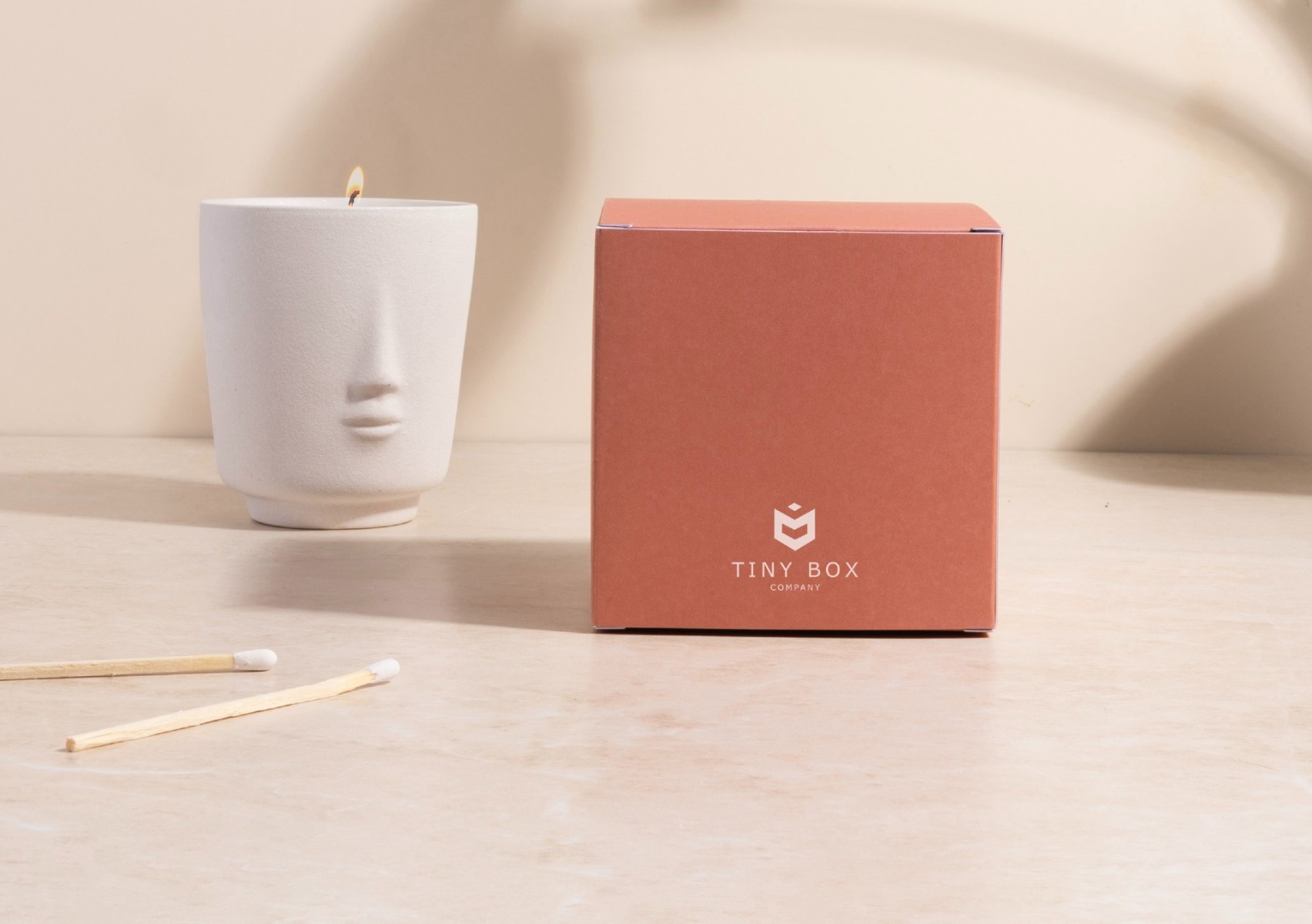
Consider flexible packaging
Flexible packaging also offers versatility and cost savings due to its reduced material requirements and space efficiency. Pouches are often more affordable than rigid boxes and can be customised to fit a variety of products. In addition, designing packaging that can be reused or repurposed by customers will also add value and reduce waste.
Optimising the size and shape of your packaging can lead to significant cost savings, especially in terms of shipping and storage. Custom packaging is also a great way to minimise empty space and reduce shipping costs.
Look at printing costs
Printing and finishing can also impact overall packaging costs, so it could be worth exploring alternatives that offer savings. Digital printing, for example, generally allows for smaller print runs.
What else can you do to minimise product spend?
Streamline your supply chain
Streamlining supply chains is another practical way to reduce costs. By identifying areas of inefficiency in the supply chain and implementing strategies accordingly, you can make cost reductions that don’t compromise on quality or brand image.
This can be done by improving communication and collaboration with suppliers to ensure accurate planning and forecasting, and minimising excess inventory. You can also implement efficient transportation and logistics processes to reduce lead times, minimise transport costs, and improve overall supply chain efficiency.
Leverage economies of scale
Procurement strategies also play a crucial role in managing packaging costs. You can leverage economies of scale by negotiating good prices with suppliers and consolidating their purchasing orders to secure discounts on materials. Additionally, long-term contracts with suppliers can provide stability amid any price fluctuations.
Partner with sustainable suppliers
Partnering with suppliers who offer sustainable materials at lower costs is another way to minimise spend, particularly as sustainability becomes more of a growing concern for consumers.
Research suppliers who offer sustainable materials that meet your quality standards and requirements, and foster long-term relationships with suppliers who share your commitment to sustainability to enable cost efficiency and consistent access to sustainable materials.
In conclusion
The rising cost of corrugated materials presents a significant challenge if you’re reliant on this type of packaging for your products. However, by implementing cost-saving strategies and exploring alternative materials, you can mitigate the impact of price increases and still be competitive in the market, while also maintaining a luxury feel for your products.




